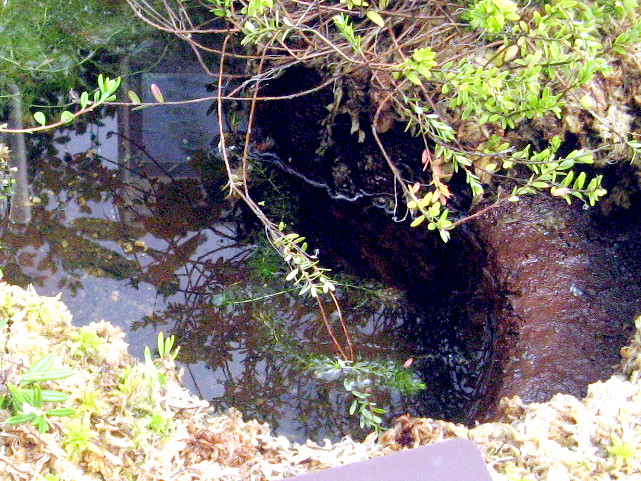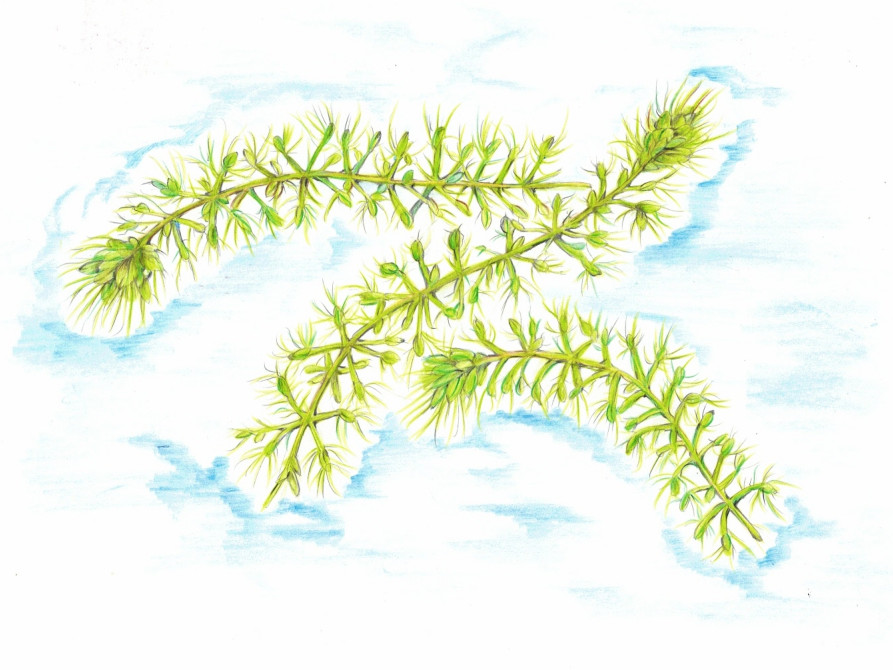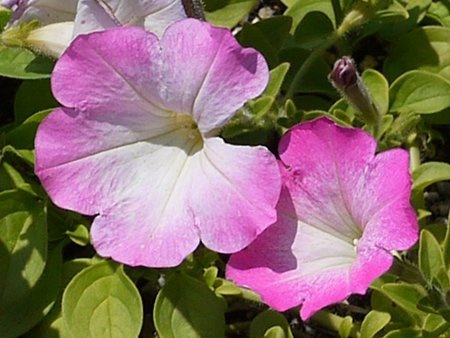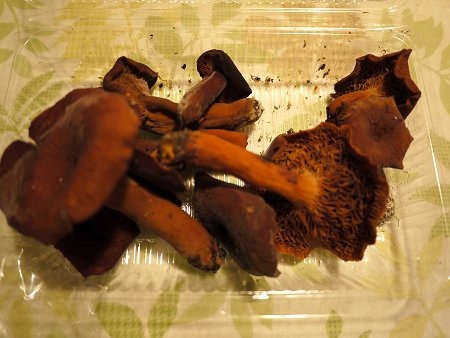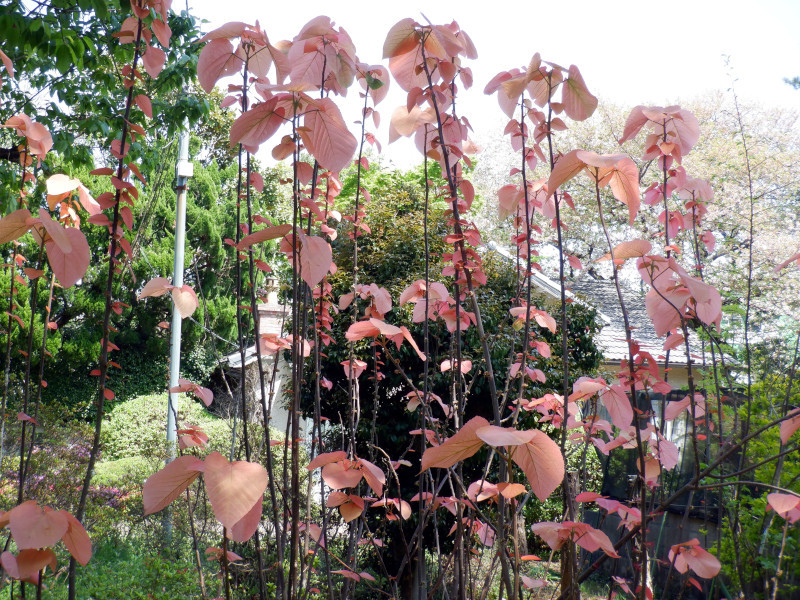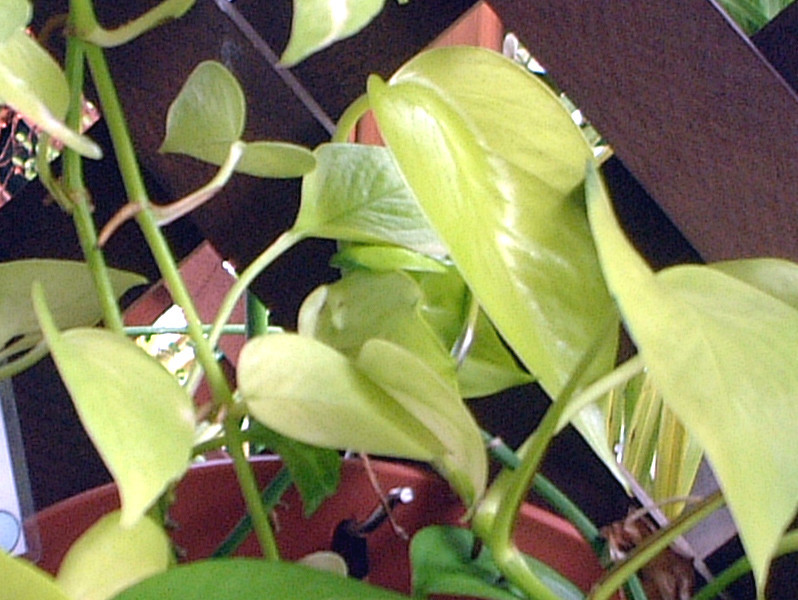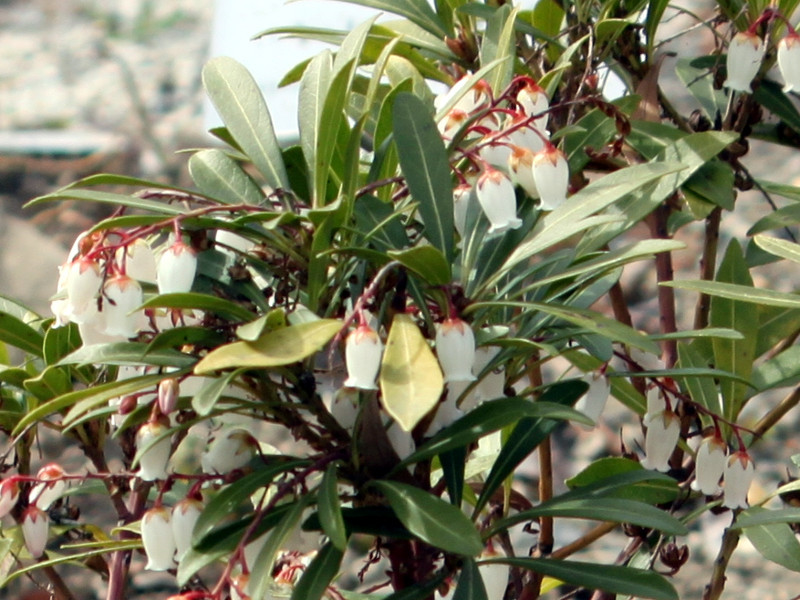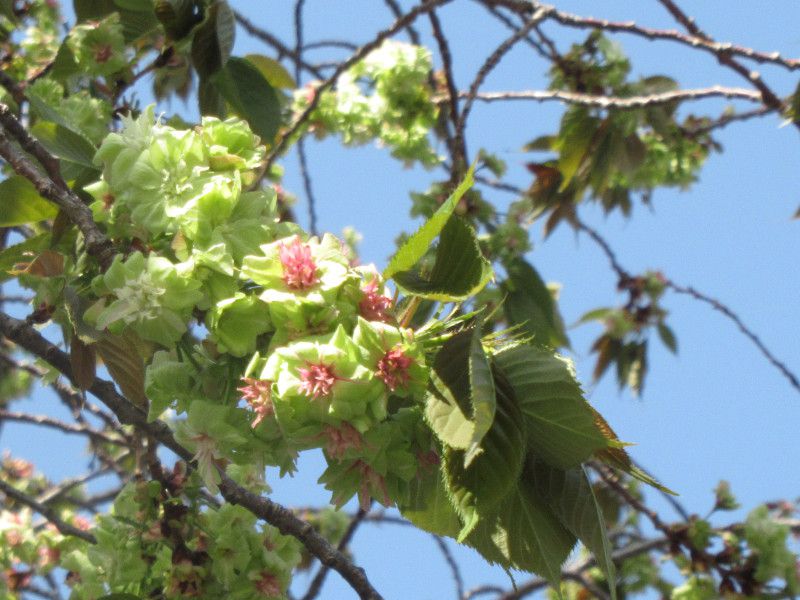Aldrovanda vesiculosa
- Flower nameAldrovanda vesiculosa
- Scientific nameAldrovanda vesiculosa
- Alias狢藻, Waterwheel, Waterwheel plant
- Place of originAfrica, Australia, Eurasia and Japan
- Place of floweringRiver, pond
- Flowering seasonJuly, August
What is Aldrovanda vesiculosa
Aldrovanda vesiculosa commonly called as mujinamo (in Japanese), waterwheel or Waterwheel plant (scientific name: Aldrovanda vesiculosa) is a planktonic insectivorous plant (aquatic perennial) of the family Droseraceae found in Africa, Australia, Eurasia and Japan. The mucinamo alone forms a genus and a species. MUJINAMO was discovered in 1890 by Dr. Tomitaro Makino in an irrigation pond in Koiwa, Edogawa Ward, Tokyo. They float on the surface of the water and have a 5-30 cm long stem with a 0.7 cm long petiole. At the end of each petiole is a 0.5 cm long, bilobed, insectivorous leaf that opens and closes to collect and digest zooplankton and small animals such as Daphnia magna for food. It rarely blooms, but occasionally produces small white flowers for 2 to 3 hours in July and August. The name comes from the fact that the shape of the algae resembles the tail of a muzina (raccoon dog or badger), and the name "tanukimo" was substituted for the name already in use, which was originally intended.
Common name: Aldrovanda vesiculosa, scientific name: Aldrovanda vesiculosa, aka: mujinamo (in Japanese), water wheel, water wheel plant, distribution: Africa, Australia, Eurasia, Japan, environment: swamps, ponds, irrigation channels, Stem length: 5-30 cm, Petiole length: 0.7 cm, Cap leaf length: 0.5 cm, Root: no, Flowering season: July to August,Flowering time: 2 to 3 hours, Remarks: Endangered IA (CR).
